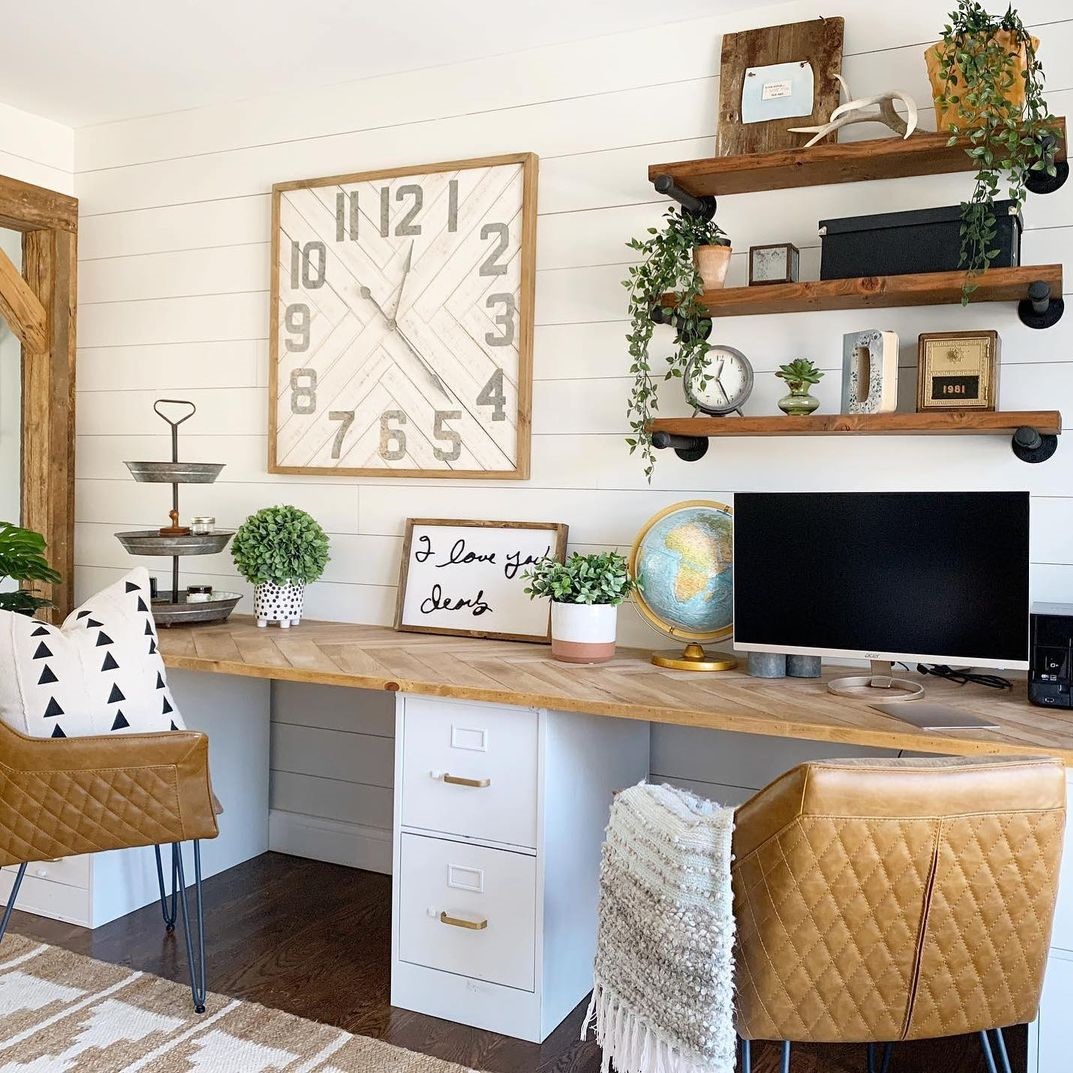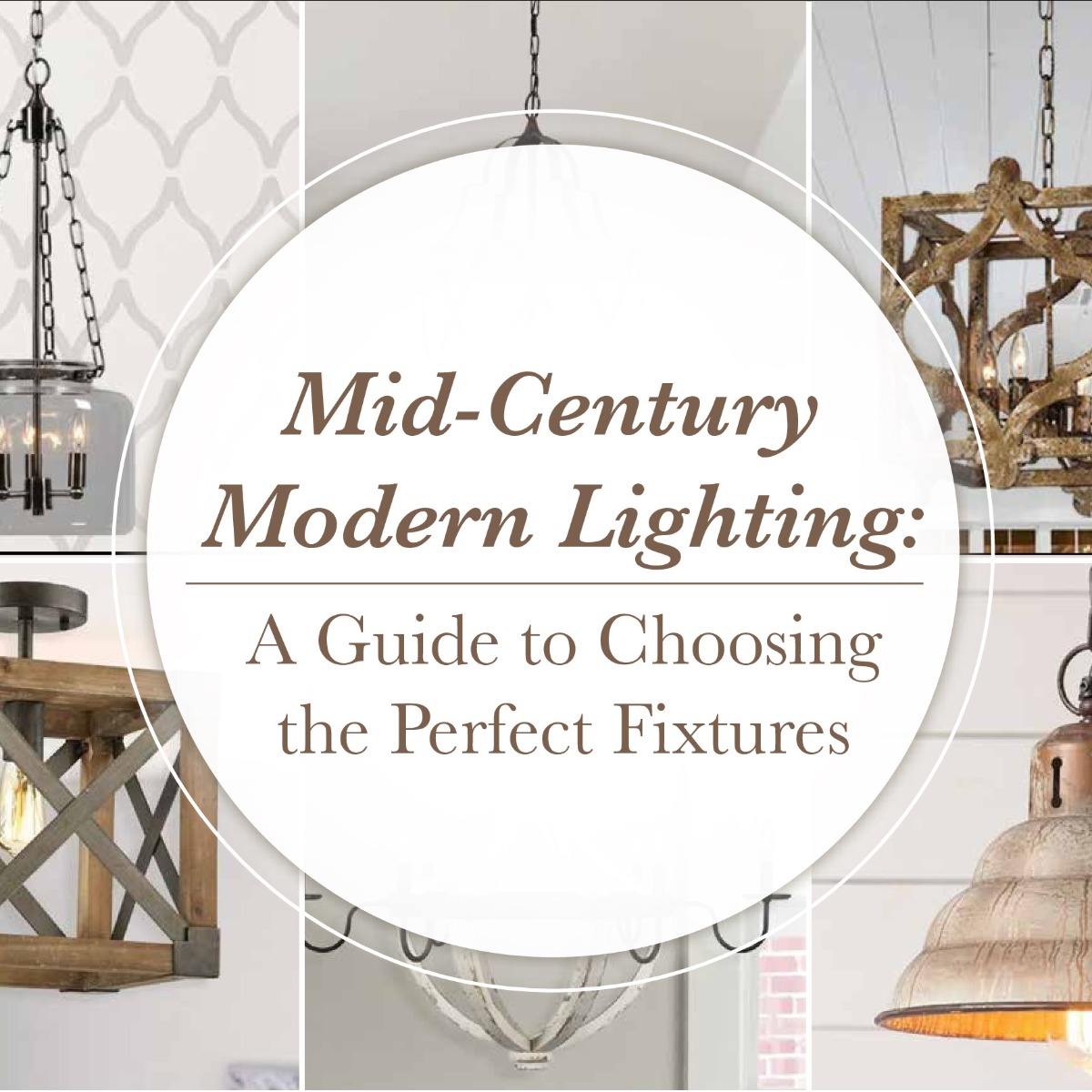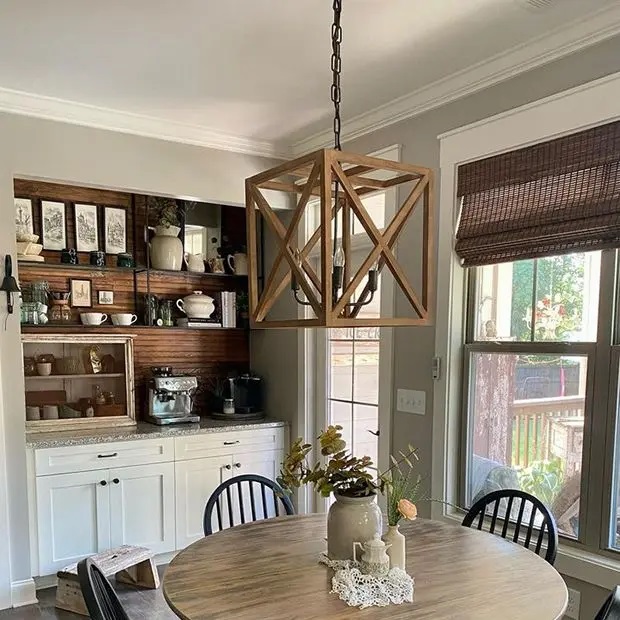What is Mid-Century Modern? A Comprehensive Guide
Interior design styles are always evolving, but occasionally something comes along that captures the world's attention and stands the test of time. Mid-century modern styling definitely meets this standard and is experiencing a big resurgence right now. So what is mid-century modern and how can you incorporate this aesthetic into your home? Check out this guide so you can get started with your mid-century designs.
What Is Mid-Century Modern?
"Mid-century" is a term that gets used a lot, but it refers to the interior design and architectural style that arose in the 1950s in America. Designers from Europe, especially Germany, came to the United States after World War II. They brought a more modern and industrial aesthetic with them. When combined with the use of newly manufactured materials, craftsmen and architects started to create designs that felt futuristic at the time.
Main Features of Mid-Century Modern Design
To get a better idea of what is mid-century modern, take a look at the key features of the style. They will help you understand what to look for when shopping for mid-century pieces.
Clean Lines
One of the defining features of mid-century modern design is the use of clean lines. The style is known for its clean, sleek lines that emphasize simplicity and minimalism. Straight lines and gentle curves are common in furniture and architecture.
The emphasis on simplicity also means there will be minimal ornamentation. Don't expect elaborate engravings on furniture or fancy design motifs. Look for items with smooth finishes and clean surfaces that enhance the beauty of the materials used.
Organic Forms
While mid-century modern embraces minimalism, it also incorporates organic shapes and forms inspired by nature. Furniture and decor often feature smooth curves, rounded edges and asymmetrical designs. Typically, these forms are meant to be ergonomic and fit the body very naturally.
When you ask "What is mid-century modern?", there are a few iconic furniture designs that embody the use of these organic forms. Famous styles such as the Eames Lounge Chair, the Barcelona Chair and the Tulip Table are synonymous with the movement.
Natural Materials
Mid-century modern design celebrates natural materials, such as wood, leather, glass and metal. These materials are used in their purest form, showcasing their inherent qualities and textures. Even when these materials are combined, they are used in a way so as not to compete with each other or be too busy in the design.
Bold Colors and Patterns
Although minimalism is key to understanding mid-century design, vibrant colors do have a place in this style. Bright colors are often used to add pops of color in mostly muted color palettes. Patterns are also integrated and usually have a natural or geometric motif.
Integration of Indoor and Outdoor Living
Mid-century modern architecture often found ways to blur the boundaries between indoor and outdoor living. Patios, decks and large windows allow for a seamless transition from the interior to the exterior. In spaces where that isn't possible, you can still see the combination of indoor and outdoor in mid-century style through the use of planters and natural greenery in decor, as well as the use of wood as a common accent.
Add Mid-Century Style to Your Home
Adding mid-century modern style to your space doesn’t require a complete overhaul. A few simple changes can make a big impact. Try these easy steps:
- Incorporate furniture and decor with organic shapes and curves. Look for sofas, chairs and coffee tables with smooth lines and rounded edges.
- Use natural materials such as wood, leather, glass and metal in your furniture and accessories. Look for pieces with exposed wood grain, leather upholstery or metal legs.
- Add pops of color to your space through accent pieces, upholstery or artwork. Mid-century modern design embraces vibrant hues like mustard yellow, teal, burnt orange, and chartreuse.
- Lighting plays a crucial role in mid-century modern design. Look for pendant lights, floor lamps or table lamps with sleek, geometric shapes.
- Use planters with clean lines and natural materials to maintain the mid-century aesthetic.
Learn and Embrace the Mid-Century Modern Style
Understanding "What is mid-century modern?" doesn't have to be hard. Neither does integrating the look in your home. If you're ready to create your own mid-century-inspired style, start shopping for great pieces at Antique Farmhouse.












Login and Registration Form